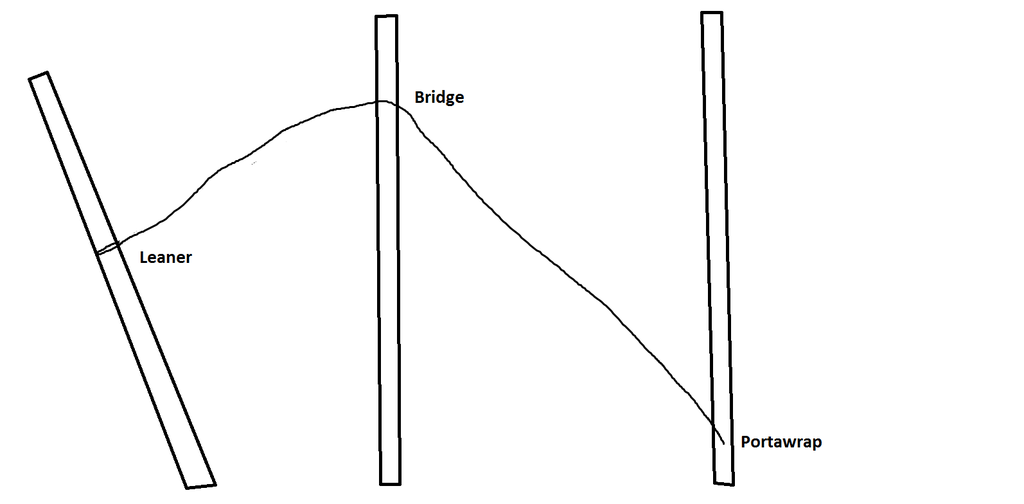Thanks Groundman. That was an old drawing I had on my hard drive.
I see now that you are talking about guying a tree that the climber is in. I like to use two guy lines if at all possible. If a limb or piece of trunk were to hit a guy line it can put a large load on the tree being guyed.
I hear ya. But it happens sometimes that only one line to secure the tree is possible. Sometimes we're lucky to have one solid tree at 180 degree to the leaner to tie off to at all. That being the case, I want to put a good amount of tension on the line. That's where I'm wondering if a small "undersized" M/A setup would suffice. A 3:1 setup from some small pulleys might be enough to tighten that securing line enough so that there is minimum play in the leaner as my climber is either removing the top so we can lower the trunk, or is cutting the top to free it from another tree it is stuck in.

























































